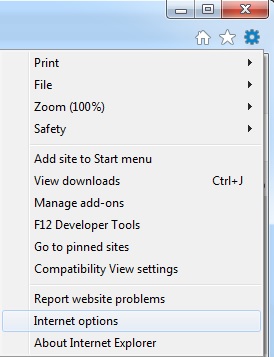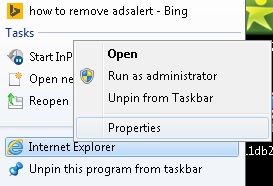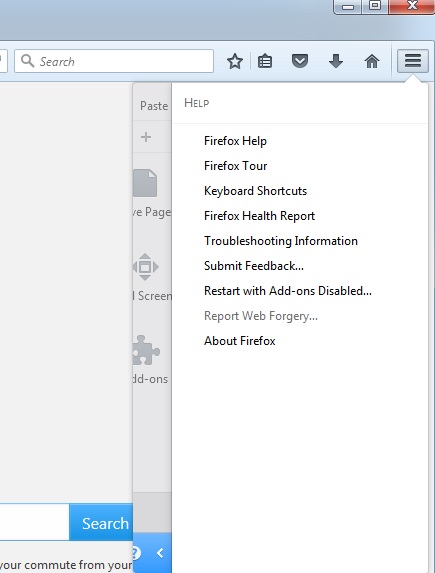How to Remove S3.amazonaws virus from Firefox, Chrome or IE in several easy steps? Follow the S3.amazonaws removal instructions and you will stop the browser hijacker.
S3.amazonaws is classified as a redirect virus. It is quite annoying, and you should not underestimate the damage it can do to your system. The longer you allow the parasite to abuse your computer, the bigger the mess it makes will get. To protect both yourself and your system, you should delete s3.amazonaws virus as soon as you first realize it has compromised your system. The moment of awareness usually hits you when you find out that your preferred homepage and search engine have been replaced without your knowledge or permission. Unfortunately, you will not be able to get rid of s3.amazonaws by switching your default web browser because the infection is compatible with all the most popular ones. Users are usually very surprised when they encounter the S3.amazonaws redirect in the place of their homepage because it happens unwillingly. Then, they start wondering how that has happened and try to recall whether they have ever did somthing to trigger that. If you are asking yourself the same question, be sure that the answer is NO. There are many ways for that to happen, and the most popular one is known to be via software bundles. When you download free programs not from official sources, you also acquire other software that in most of the cases is adware and browser hijackers. During the setup of the chosen free program, you will be asked to agree to some changes that will be made to your browser settings. These changes include replacing your homepage and search engine with another website which sole purpose is to gain revenue from displaying ads and promoting shady software. If you do not untick the checked boxes next to each suggested alteration, they will be done automatically. Hence, if you want to prevent unwanted changes to your browser settings, you should be attentive during setup, and most of all you should only download software from legitimate sources. You will have to deal with it if you want to regain control over your browser and to stop seeing potentially dangerous ads. S3.amazonaws is bound to ask for your permission before it installs itself, but don’t jump for joy just yet. When you are downloading free programs not from official sources, you also acquire other software that in most of the cases is adware and browser hijackers. During the setup of the chosen free program, you will be asked to agree to some changes that will be made to your browser settings. These changes include replacing your homepage and search engine with another website which in our case is s3.amazonaws. Oh, yes. In fact, not only does it get you approve it in, but it also leaves you utterly oblivious to the fact that you did. Until it decides to clue you in, you have no idea there’s a hazardous infection lurking somewhere o your computer. The hijacker’s most commonly used means of invasion include hitching a ride with spam email attachments or freeware, corrupted links or sites. However, more often than not, the tool prefers to infiltrate your system by pretending to be a bogus system or program update. For example, you’re lead to believe you’re updating your Adobe Flash Player or Java, but, in actuality, you’re installing S3.amazonaws. If you wish to NOT fall victim to the hijacker’s trickery, make sure to be extra attentive and to not rush. Don’t throw caution to the wind, and maybe you’ll avoid getting stuck with a dangerous and damaging hijacker.
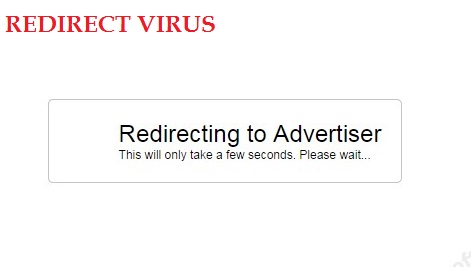
Is this dangerous?
S3.amazonaws is a threat not to be taken lightly. Its most hazardous feature is the fact that it’s free to change anything and everything it so wishes. S3.amazonaws spies on you in an attempt to steal your personal and financial information and send it to the unknown third parties behind it. The question is, are you going to allow that to happen? Are you going to hand over your private life to strangers? Think long and hard before you answer that question.
Attention! You should be aware that all of your accounts and passwords were likely compromised. Viruses are designed to collect every piece of private information. We advise you to change all your passwords, once you clean your computer, especially if you make online banking or shopping.
How Can I Remove S3.amazonaws hijacker?
Download Remover
for S3.amazonaws Virus
Compatible with Microsoft Windows ![]()
SpyHunter is the recommended removal tool for S3.amazonaws Virus. You can use the free scanner to detect the parasite, however if you want to delete it automatically you need to register the antimalware program.
What if SpyHunter failed to Detect or Remove the infection? – Find out here how to use the FREE Support.
Remove S3.amazonaws Infection Manually
If you perform exactly the steps below you should be able to remove the S3.amazonaws infection. Please, follow the procedures in the exact order. you may want to print this guide or look at it in another computer.
STEP 1: Remove S3.amazonaws from IE, Chrome or Firefox
STEP 2: Uninstall S3.amazonaws from your Add/Remove programs list
STEP 3: Delete S3.amazonaws Windows Registry Leftovers
STEP 1: Remove S3.amazonaws from IE, Chrome or Firefox
S3.amazonaws Ads will infect every browser you have. You need to do the steps one by one.
Remove From Internet Explorer
- Open Internet Explorer
- Up to the Right Click on the Gear Icon
- Go to Toolbars and Extensions
- Disable any suspicious extension.
- If the button is not active, you need to go to your Windows Registry and delete the corresponding CLSID
- Then go back to the Gear Icon.
- Click on Internet options
- Select the Advanced tab and click on Reset.
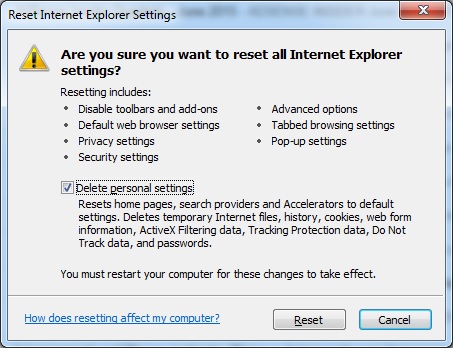
- Check the “Delete Personal Settings Tab” and then Reset
- Restart IE
to make sure nothing is interfering with your browser, right click on the shortcut target and click properties
- In the target field you need to have the following command parameter: “C:\Program Files\Internet Explorer\iexplore.exe”
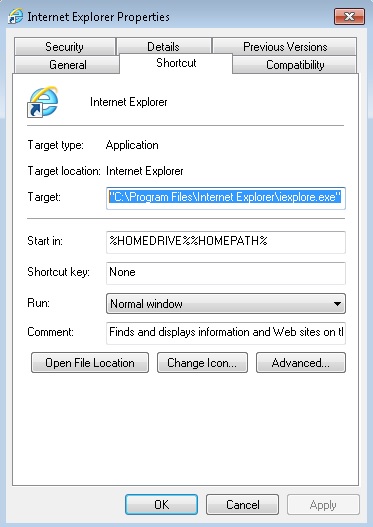
- if you have something else, just delete it and replace it.
- simultaneously press the windows start button and “R”
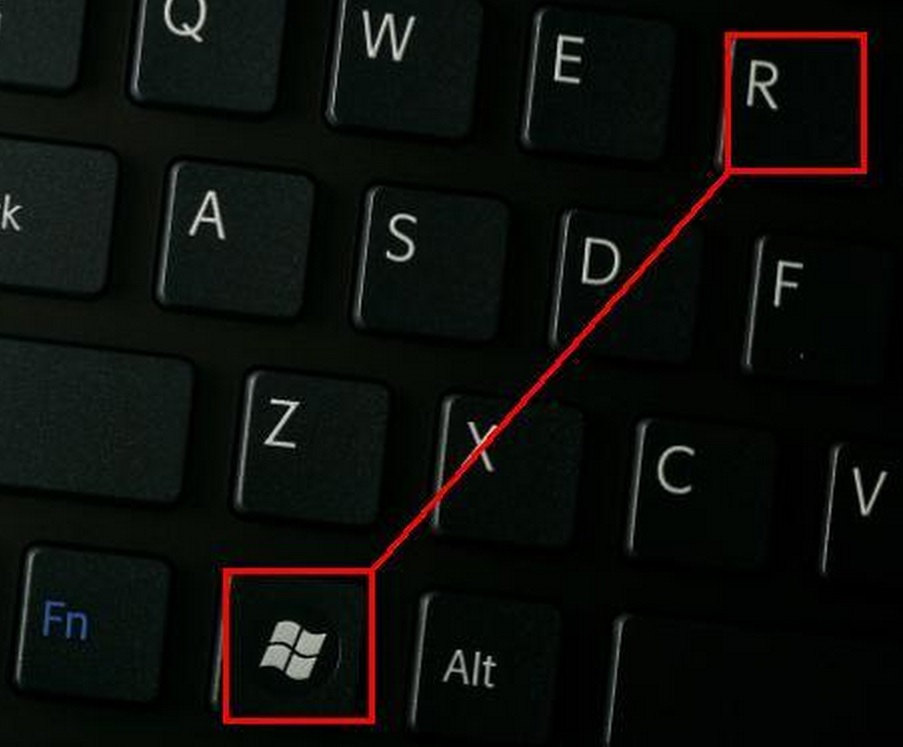
- in the opened dialog box type “regedit“

- Once the windows registry editor opens navigate to: HKEY_CURRENT_USER/Software/Microsoft/Internet Explorer/Main:Start Page
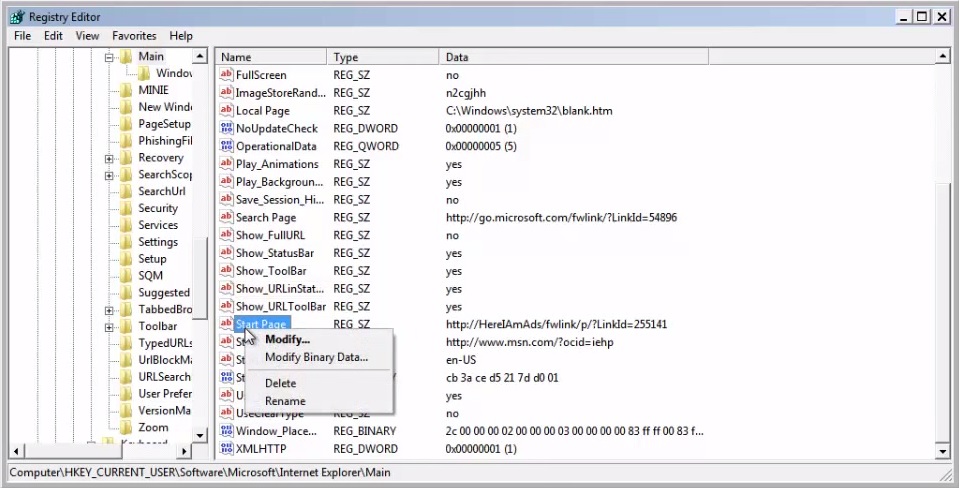 Modify the starting page with a value so that it corresponds to the webpage you want.
Modify the starting page with a value so that it corresponds to the webpage you want.- click OK and IE should be cleaned.
Remove from Mozilla Firefox
- Open Mozilla Firefox
- Press simultaneously Ctrl+Shift+A
- Carefully review all add-ons and disable the unknowns
- Open the Firefox’s Help Menu
- Then Troubleshoot information
- Click on Refresh Firefox
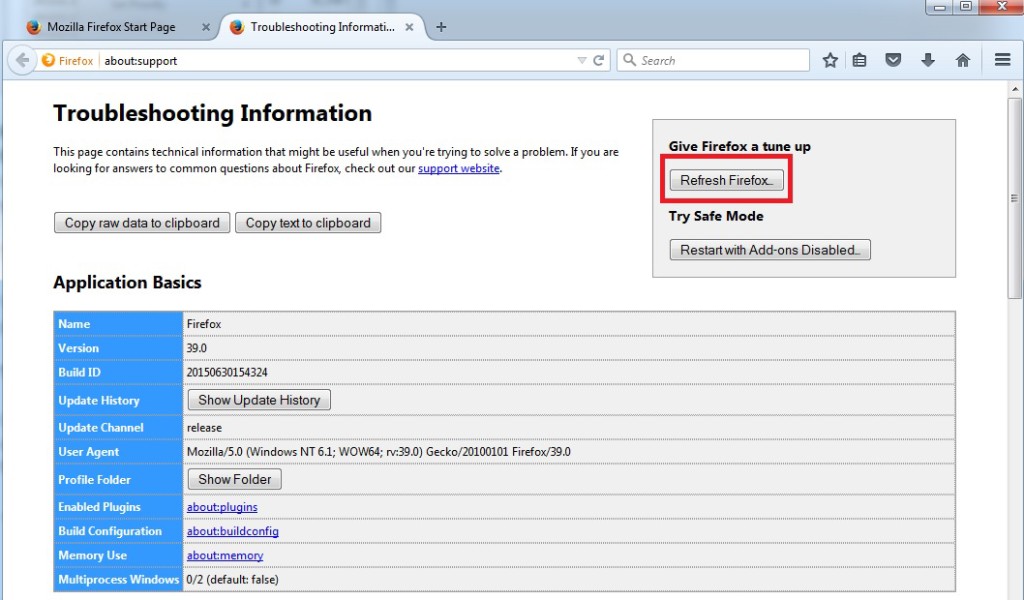
Remove from Google Chrome
- Open Google Chrome
- On the upper right corner click the Chrome menu Icon (looks like three dashes)
- Hover Over More tools, then Extensions
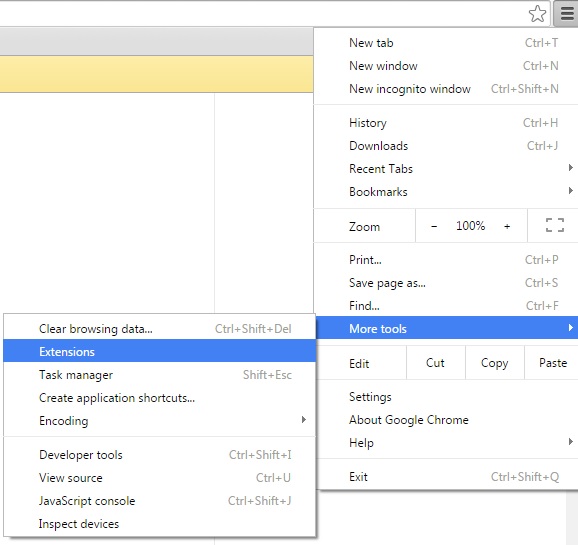
- in the extensions windows disable all unknown extensions
- On the upper right corner click the again the Chrome menu Icon (looks like three dashes)
- Click on Settings, Show Advanced Settings then Reset
STEP 2 : Uninstall S3.amazonaws from Your Computer
- Simultaneously press the Windows Logo Button and “R” to open the Run Command
- In the open dialog box type “Appwiz.cpl“
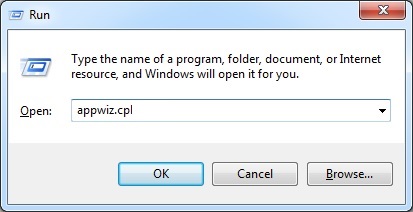
- Locate the S3.amazonaws program and click on uninstall/change.
- Also, be warned that viruses always want to trick you into installing more crap. If you see a screen like this when you click Uninstall, Click NO!
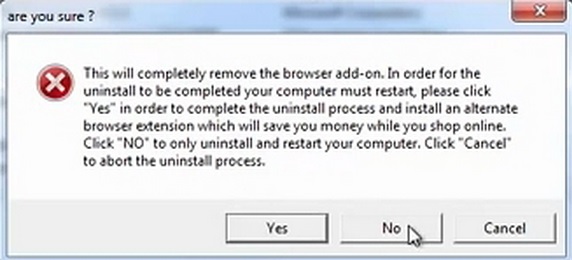
STEP 3 : Delete S3.amazonaws Windows Registry Traces
These are the places in the windows registry where viruses inject their malicious payload. If you want to be 100% sure that nothing is hooking your system, check these locations. However, be very careful when editing the windows registry, because you can render your system unbootable.
- HKCU\Software\Microsoft\Windows\CurrentVersion\Run
- HKCU\Software\Microsoft\Windows\CurrentVersion\Run
- HKLM \System\CurrentControlSet\Services
- HKCU\Software\Microsoft\Windows NT\CurrentVersion\Windows\load
- HKLM \SOFTWARE\Microsoft\Windows\CurrentVersion\Explorer\SharedTaskScheduler
Where HKCU stands for HKEY_CURRENT_USER
Where HKLM stands for HKEY_LOCAL_MACHINE
- Check these folders for corruption as well.
C:\Documents and Settings\All Users\Start Menu\Programs\Startup
C:\user\Profiles\All Users\Start Menu\Programs\Startup
C:\Documents and Settings\All Users\Start Menu\Programs\Startup
